Published: 12:11 Thursday - June 06, 2013
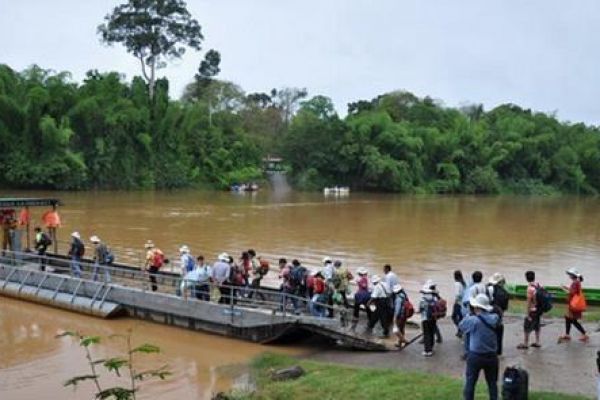

The Cat Tien National Park, one of the country's key wildlife sanctuaries
According to Tran Van Mui, head of the Cat Tien application project, the provincial People’s Committee on May 16 asked the Vietnam National Commission for UNESCO and the Ministry of Culture, Sports and Tourism to allow it to retrieve the application file submitted earlier to be revised and updated following UNESCO experts’ advice during their survey of the park.
The application was prepared in 2007, therefore data in the file needs to updated, Mui explained.
The committee will submit the new application by September 30.
The International Union for Conservation of Nature (IUCN), UNESCO’s counseling body, sent an inspectorate to Cat Tien National Park last September.
While the experts highly appreciated the park’s rich biodiversity, they also spelled out several revisions that need to be made, including the park’s borders, updated numbers of rare flora and fauna species, and the park’s management plans.
UNESCO’s World Heritage Convention is set to meet in Cambodia from June 16 to 27, during which the organization is expected to make its decision on whether to grant the title to the park.
The organization also urged Vietnam to step up control and management of Cat Tien to tackle rampant threats of construction of hydropower plants, rock exploitation, illegal logging, and wildlife poaching and trading, as well as unstable tourism development in the area.
Cat Tien National Park, located approximately 150 km north of Ho Chi Minh City, is a key national park. It covers an area of roughly 720 km² and serves as a sanctuary for one of the largest areas of lowland tropical rainforests left in Vietnam, as well as diverse flora and fauna.
Cat Tien initially comprised of Nam Cat Tien and Tay Cat Tien back in 1978. Another area, Cat Loc, was announced as a Rhinoceros Reserve in 1992 upon the discovery of a population of the Vietnamese Javan Rhinoceros, which brought the park international attention. The three areas were combined to form the current park in 1998.
Though the Javan Rhinoceros is now extinct in Vietnam, the park is still home to 40 IUCN Red List species, and protects around 30% of Vietnam's species.
Source: Tuoitrenews

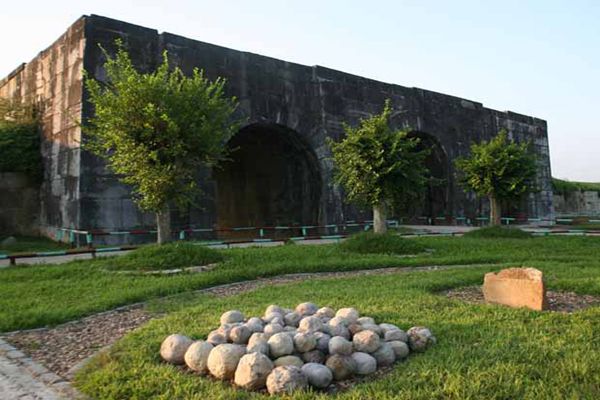
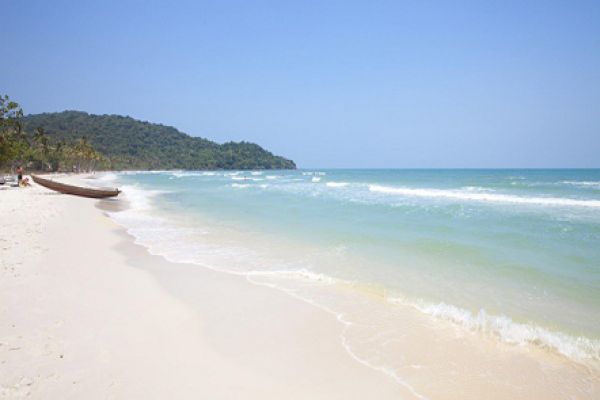
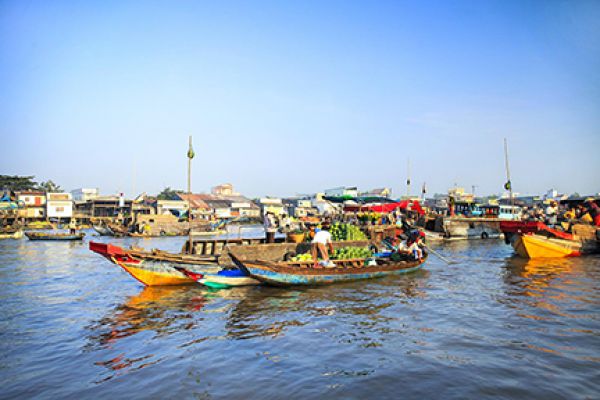

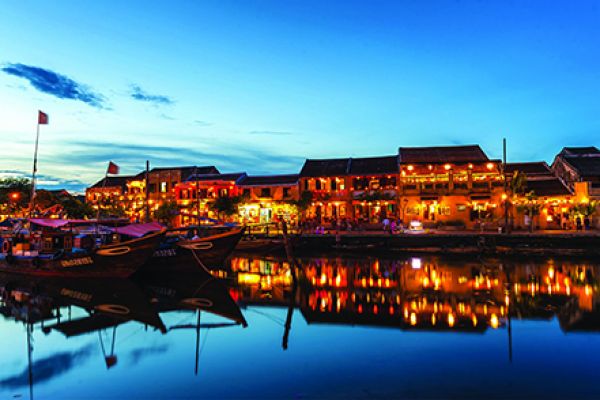

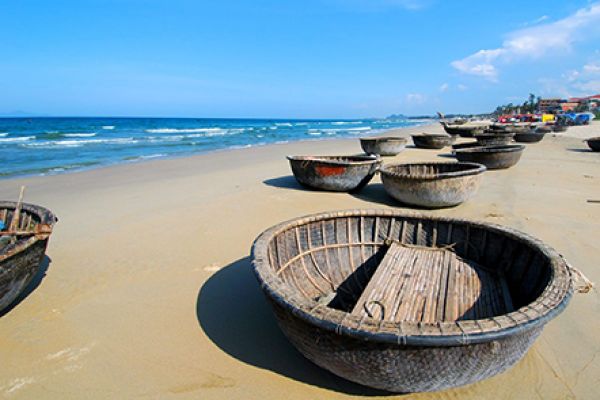
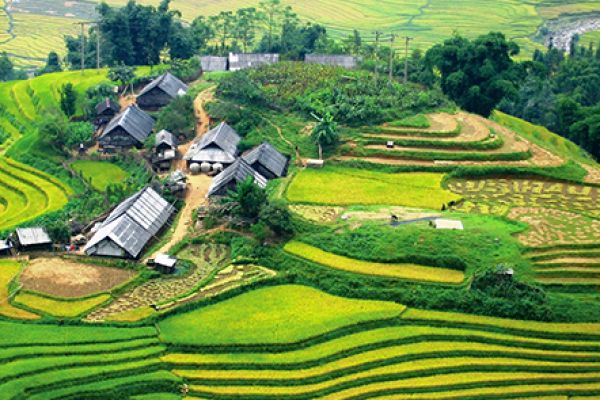
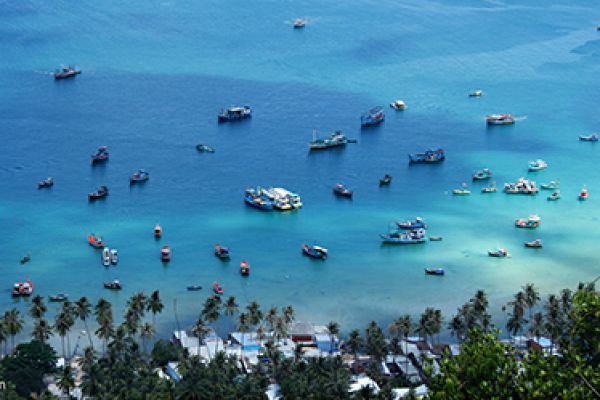
(84-63) 3 826042 – (84-63) 3 511142
No 54 Nguyen Dinh Chieu, Ham Tien Central Mui Ne Beach Binh Thuan Vietnam
523 To Hien Thanh District 10 Ho Chi Minh City Vietnam
Ha Long Halong City Quang Ninh Vietnam
A13 Hung Thong 2 Halong City Quang Ninh Vietnam




